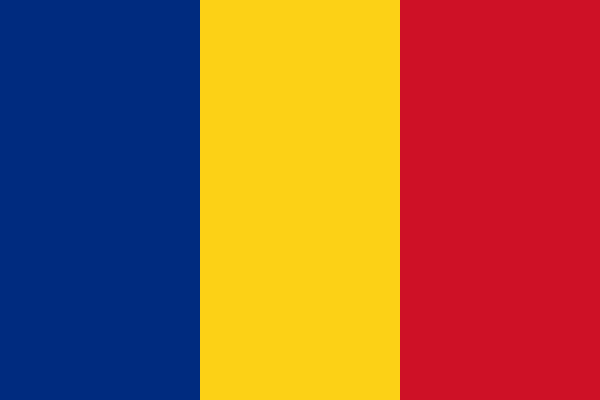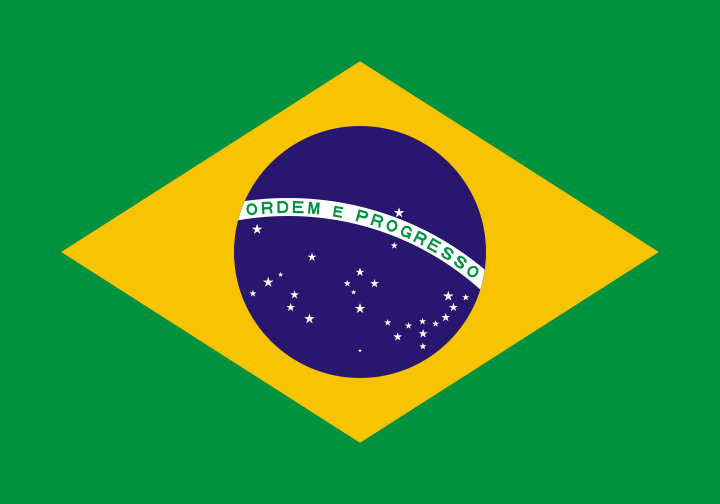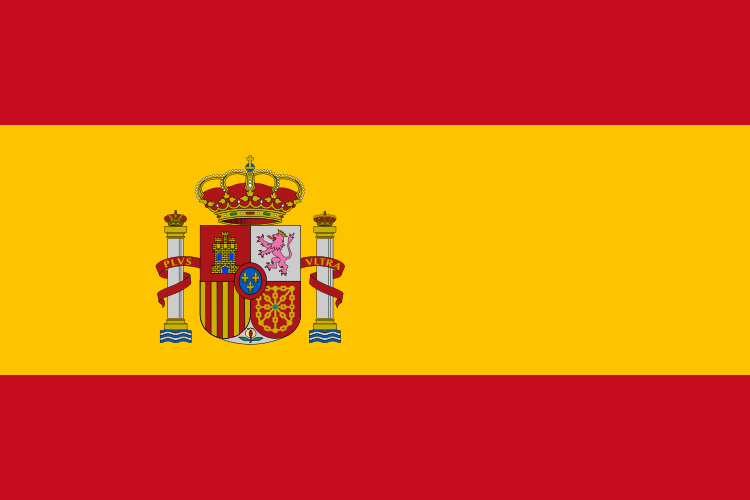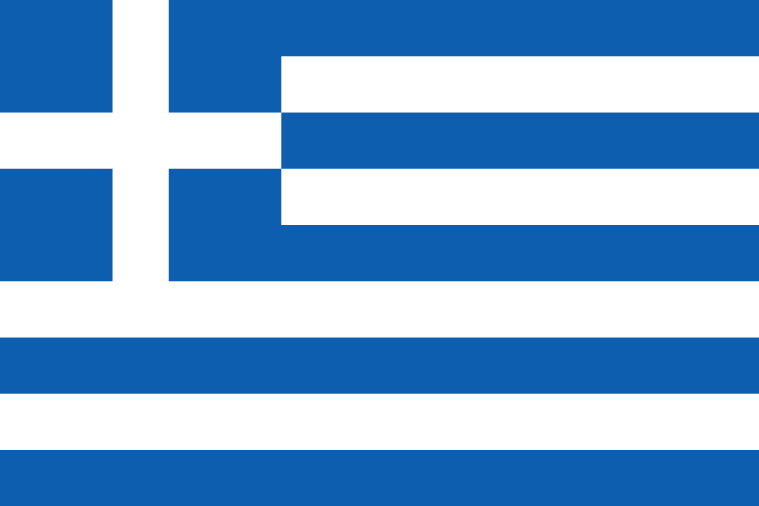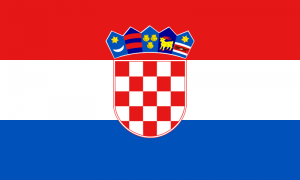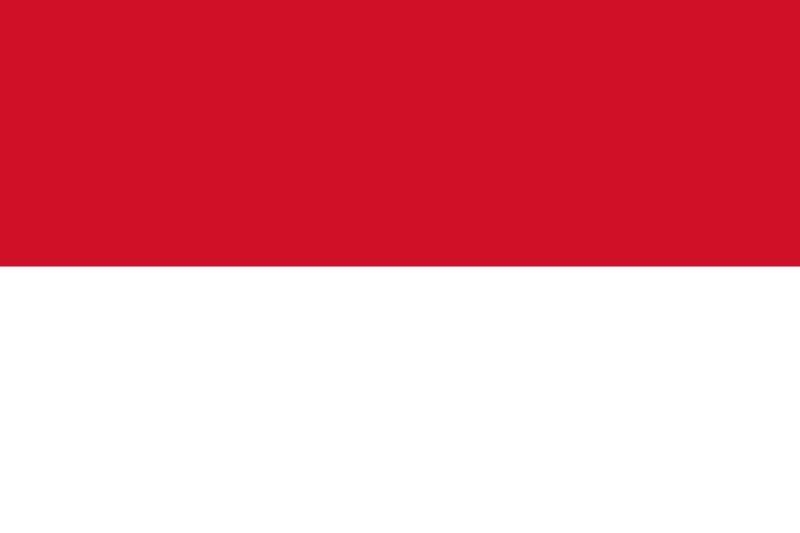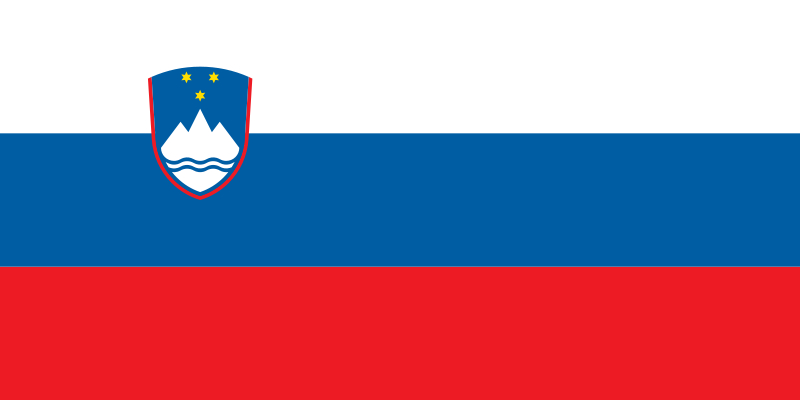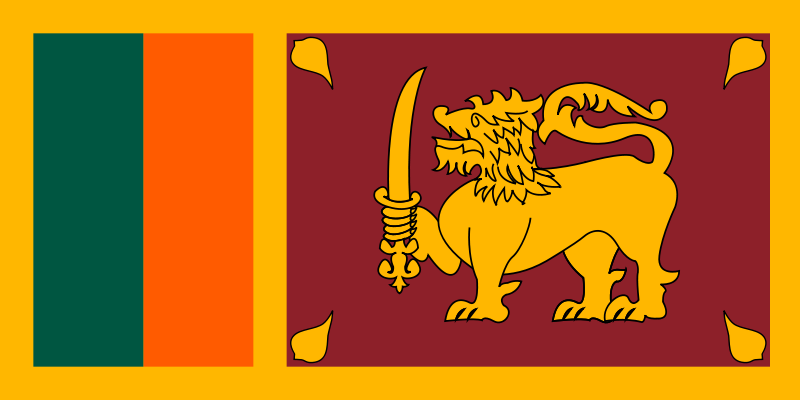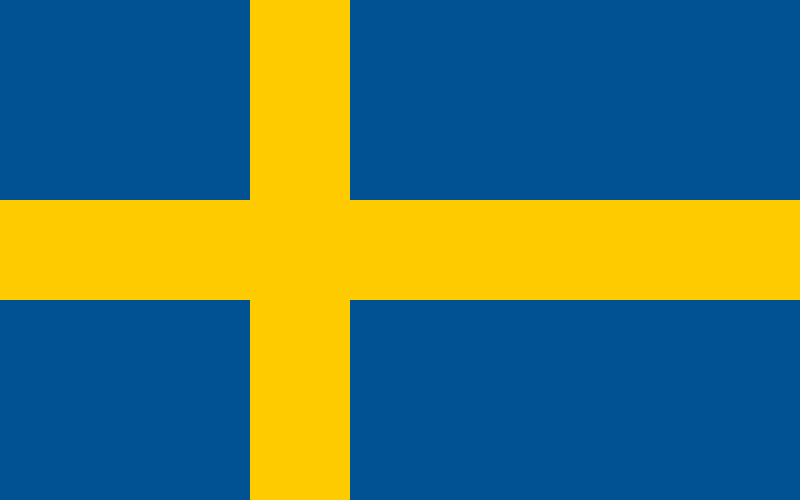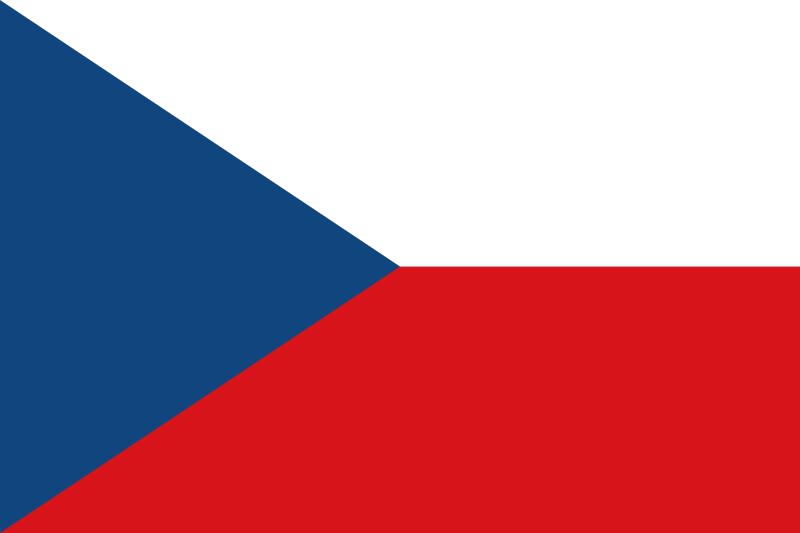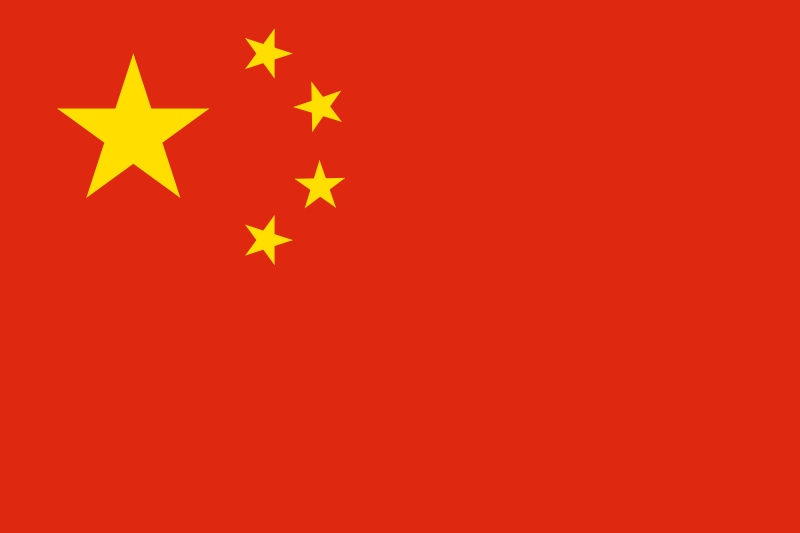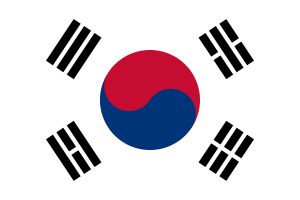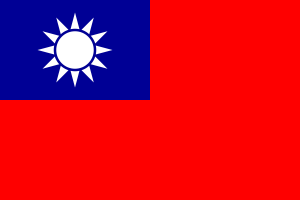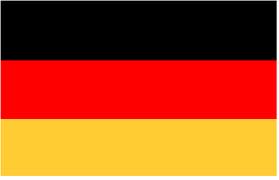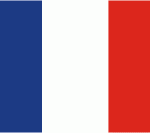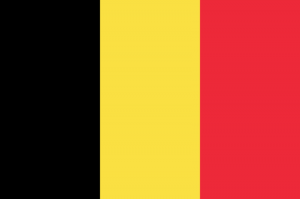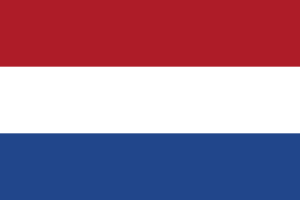Innovation
The company is also characterized by a strong propensity towards innovation, meaning with this both product innovation, process improvements and also the introduction of new technologies.
In the web site we cannot show all the innovations we have contributed to achieve.
Some, especially in the field of films for composite materials or in industrial applications, are developed in tight collaboration with a specific client on the basis of a gentleman’s agreement (generally not written, but nevertheless not less binding) not to disclose what has been done together. Thus we cannot show anything of these innovations.
Other innovations are corporate assets and give us competitive advantages over our competitors. Our customers benefit from it (in terms of lower costs or other benefits) but our competitors should not know them.
Here is what we can show:
- 2011 – Film for Composites – New Product: launched in the market in July 2011, Polypropylene Graffiato arise from the company research on materials, constantly aimed to get films which allow to obtain innovative solutions on composites. This film was developed for the production of composite materials based on epoxy and polyester resins and with glass, carbon and aramid fibers. The peculiar characteristic of this film is to obtain a surface finish with a marked roughness, a scratched appearance (different then both from the light matt look of Polypropylene Satinato and the strongly matt appearance of Polypropylene Supestiro Calandrato).
- 2009 – Film for Composites: The application for a patent for the realization of a metallic skin on the composite materials is filed. In this web page Composite’s Cute Plus you can find all the informations.
- 2008 – Flexible Packaging – New Product: a two-colored film with an opaque metallic finish on the inside, and a glossy metal look on the outside is produced for a premium Easter Egg. It is made with a single layer (monofilm) metallized polypropylene. It is possible to obtain sheets with two different colors (for example opaque gold inside – metallic glossy red on the outside), or with the same color in the opaque-glossy version. The use is mainly in prestigious recurring food products: panettone, pandori, Easter eggs. Advantages are remarkable: the appearance of the food is very enriched; the film is a fully recyclable, lightweight and inexpensive polypropylene mono-material; the sheet is suitable for direct contact with food and therefore does not require an additional internal protection.
- 2007 – Film for Composites – New Product: in this year the corporate research on composite films achieves another success. Polypropylene Deformabile is developed and launched on the market, usable for the production of composite materials based on epoxy and polyester resins and with glass, carbon and aramid fibers. At the time the market was looking for a new film that had strong characteristics of ductility and deformability, and that was within certain limits able to withstand perforations or lacerations introduced by the production process. Furthermore, the film had to have excellent release properties and withstand the usual curing cycle temperatures.
- 2007: A rational mother reel storage system is installed. It makes possible to store 350 Europallets (150 tons of polypropylene) in 170 square meters, with separate access to each parent roll. This results in a substantial saving of resources. The overall space required for the warehouse is drastically reduced. The daily handling times of mother reels are sharply cut, as well as the time needed for the realization of periodic inventories. Moreover, it is possible to manage warehouse stocks much better, deciding, if convenient, to buy larger lots.
- 2005 – Flexible Packaging – New Product: market launch of a sheet in monofilm metallized polypropylene printed on both sides. Many different colour versions can be obtained: a sheet with the same color on both sides (for example metallic gold on the two sides), with two different metallic shades (for example metallic gold inside – metallic red on the outside), with the same color in the version gloss-opaque (for example metallic red inside – opaque red on the outside), with a combination of glossy-opaque colors (for example metallic gold inside – opaque red on the outside). In addition the sheet can also be printed with drawings which differs between the inner and the outer side for the creation of personalized wraps. This sheet improves the appearance of valuable recurring food products (panettone, pandoro, Easter eggs), as well as the presentation of special floral decorations (Christmas stars). The advantages are remarkable: the appearance of the product is very enriched; the film is a recyclable, lightweight and inexpensive mono-material; the sheet is suitable for direct contact with food and therefore does not require an additional internal protection.
- 2004 – Flexible Packaging – New Product: matt-look monofilm for the flexible packaging of foods and other items. For the first time a non-laminated opaque polypropylene film is available for the use on horizontal packaging machines (HFFS, horizontal form fill seal machines), vertical (VFFS), and overwrapping machines. The need to laminate two films with reduction of the weight of the used material and of the coupling costs is eliminated. The film is a fully recyclable monomaterial.
- 2003 – Film for Composites – New Product: introduced in the market in September 2003 also Polypropylene Superstiro Calandrato was born from the company research on materials, constantly aimed at obtaining films that allow to obtain innovative solutions on composites. This film was developed for the production of composite materials based on epoxy and polyester resins and with glass, carbon and aramid fibers. The peculiar characteristic of this film is to obtain a surface finish with a strongly satin finish, (much more pronounced than Satinized Polypropylene).
- 2002 – New Production Technology: A new machine configured on company specifications is bought and installed. It manages to cut the polypropylene film in register. You get perfectly cut sheets with the various graphic elements always in the same position with a noticeable improvement of the presentation of the packaged product.
- 2001 – Composites and Flexo Printing – Absolute Novelty Worldwide: in cooperation with a major Italian composite producers and on internal specifications, the first plate cylinders for flexo machines made in composite material based on carbon fiber are produced. They are an absolute novelty worldwide (to date no one has ever challenged this statement. If someone provides us with previous evidence we will correct it.) These plate holders have the advantages of being much lighter than the traditional steel cylinders, in addition they are even stiffer, and therefore do not flex due to the pressure exerted on the sides by the pressure slides. In high definition screens the print of the single dot is much sharper because the support is stiffer, the dot gain curve is much flatter. Moreover, the resonance frequency of the carbon is much higher than that of the steel and the phenomenon of oscillation caused by the resonance of the cylinder at certain machine speeds is eliminated. Over the years, carbon fiber plate cylinders has become the reference standard for the whole flexo industry, and nowadays almost all flexo machines are equipped with carbon fibers cylinders.
- 1998 – Flexible Packaging – New Product: new monomaterial (polypropylene) film with a paper appearance. It is proposed as an alternative to a triplex film consisting of polythene, aluminum, paper. It is a laminate made of two polypropylene films: on the inner side a metallized coextruded film, on the external side an opaque film. The advantages are multiple: the appearance of the package is similar to paper, the film is a fully recyclable monomaterial much lighter and cheaper than triplex, the barrier to moisture, oxygen, aromas, light is excellent.
- 1998 – Film for Composites – New Product: In this year the company research on materials for the production of composites has achieved an important success with the introduction of Polypropylene Satinato on the market. The film was developed for the production of composite materials based on epoxy and polyester resins and with glass, carbon and aramid fibers. Polypropylene Satinato is the first film that, when used in direct contact with the resin, gives to the composite surface a special matt finish without the need to sand or paint.
- 1997: Gold, copper, metallic wood packaging. For high quality packages, these versions of the traditional chip are proposed. The appearance of the package is greatly enriched.
- 1996 – Film for Vulcanisation – New Product: in cooperation with an important Italian company a new polypropylene film for the rubber covering of cylinders is developed. This film has much better technical characteristics than the monofilms (of polypropylene and nylon) used until now. Its performances are comparable to the nylon laminated film, at the time market leader, but the costs are much lower.
- 1996: The chip boxes take pallettisable measurements, with reduced dimensions. The product is packaged with a fixed weight (10 and 25 kg). The new package is light and manageable and therefore complies with the legislation on manual handling of loads. The logistics of the product is significantly improved. The palletizable sizes allow to reduce and optimize transport costs and to send the product even to very distant destinations. The predetermined fixed weight makes it possible to sell the product as a package and no longer by weight, with considerably reduced administrative costs.
- 1989: A traditional and “mature” product such as the cellophane packaging wool for Christmas packaging is packed for the first time in a special corrugated cardboard box. The packaging is much more rational than the old chip bales, it does not create dirt in the handling caused by the chip coming out, production times are cut down.
- 1987 New Production Technology and Flexible Packaging: one of the first hot needle micro-perforated machines is purchased and installed. The micro-perforated polypropylene film is new in the flexible packaging and is used for the packaging of fresh bread, fresh fruit and vegetables to let the product breathe, or in other applications to pierce the film and thus allow air to escape from the packaging. The micro-perforations can be carried out on the whole surface or on bundles obtaining in this way a film drilled in some areas and not drilled into others, and greatly improving the appearance of the package.
- 1970s: Production of polypropylene film begins in Italy. The company immediately believes in the new material, adopts it and actively contributes to spread it, proposing it and making it known to various professional users (industrial packaging, film for the flower, wrapping for food).
- 1969 – New Production Technology: Purchase and installation of the first flexographic machines and entry into the printed film market. In these years, in Italy, a technologically advanced pole of flexo printing press manufacturers is emerging, thanks above all to the personality of Mario Carraro.
- ’60s: Design and construction of new machines for making cord. At that time the company buys large cellophane matches, especially in low bands. In the Manzano chair district a series of producers are concentrated, using the paper cord for the chairs. Cellophane has superior characteristics. However, it is necessary to build special machinery. A series of innovative machineries for the production of the cellophane cord is made.
